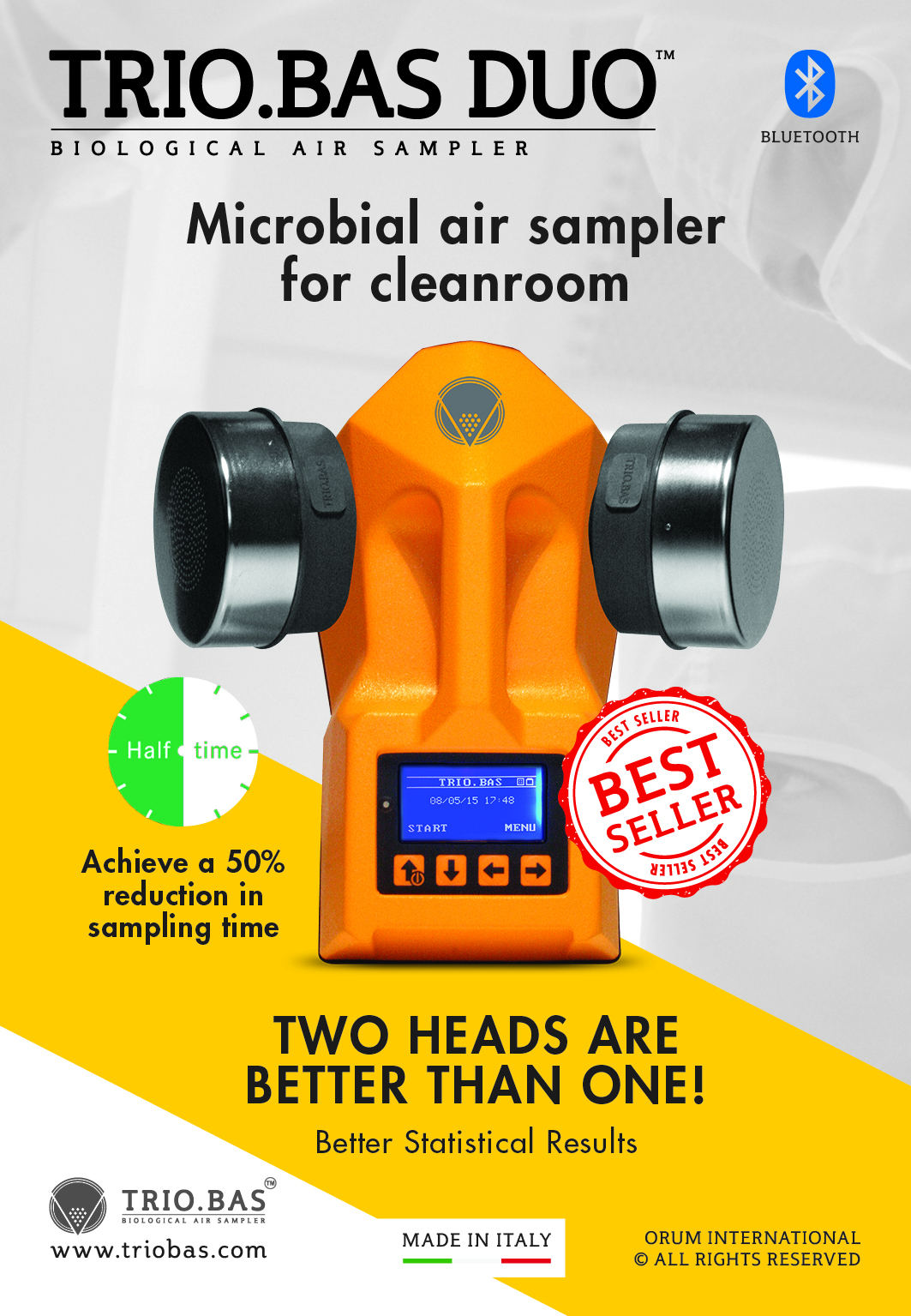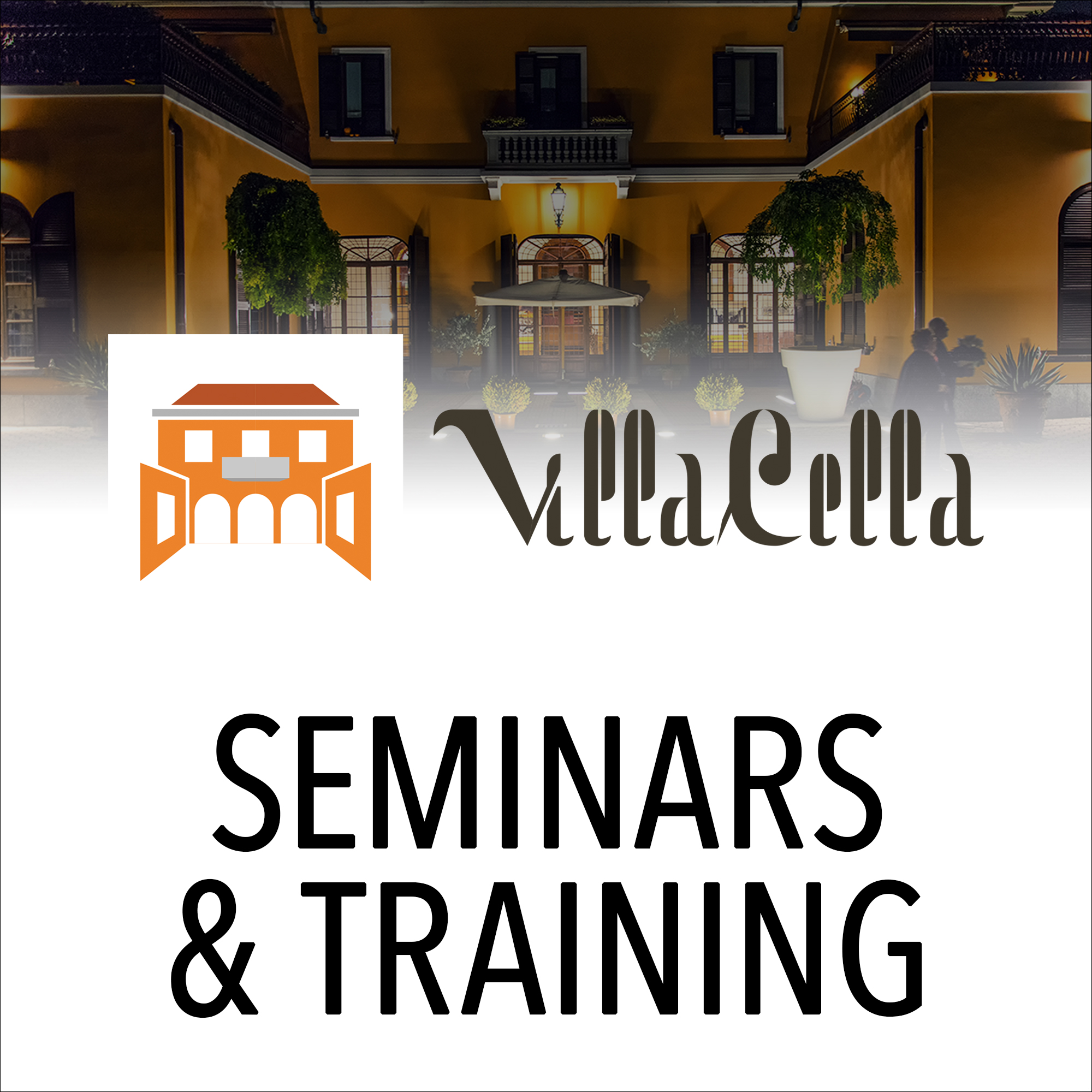Application Note – Food N.2 – Microbiological monitor of hygiene hands

Microbiological monitor of hygiene hands
The microenvironment of the skin is very restrictive, with little water, high levels of salt and a pH of around 5.6. Nevertheless, bacteria with adaptive properties colonize the hands, where they grow and constitute the normal resident flora.
A transient flora may be temporarily tranferred from the environment onto the hands, from person to person and from person to objects.
Being transient flora, as opposed to the resident ones, they are easily washed off. Personal hygiene therefore has a great deal to do with the chances of preventing the transfer of organisms.
The opportunities for contamination of the hands are endless, whenever contact is first a reservoir of undesiderable bacteria which is passed on to another human body, within the hospital, or during food processing.
Infected reservoirs include human liquids, suppurative cuts and any infected sores or any unsanity articles and surfaces, which can contaminate raw food.
Sampling protocol
Finger-Press the fingers (index, middle, ring in a first maxi contact plate; thumb, little in a second plate) for 10 seconds.
Finger dab- Press the finger tabs in a maxi contact plate for 10 seconds.
The final result should be the total CFU/per 5 fingers and finger tabs.
Be sure each plate is identified with sample data as reported on the sampling form.
Material and method
Maxi-Contact plate diameter 84 mm
Microbiological media:
- Plate Count agar for total bacterial count 32° C 24/48 h
- Baird Parker Agar for staphilococcus aureus 37° C 48 h
- Mc Conkey agar for coliform 37° C 24 h
- KF streptococcus for fecal streptococci 37° C 48 h
Transfer of contact plates to laboratory
- Be sure each plate is identified with sample data as reported on the sampling form.
- Avoid contamination by hands during plate lid manipulation.
- The inoculated contact plates must be protected by contamination and external influence (light, dry environment, temperature, etc.) in an appropriate rigid container like a “surfair plate” box and delivered to the laboratory in charge of the test in a very short time.
- In case of external high or low temperature (summer, winter) it is necessary to use an insulated box.
- During transit and incubation the contact plates must be placed upside down to avoid loss of moisture with consequent injury for micro-organisms.
Interpretation
The pathogenic micro-organisms should be absent. Their presence emphasises the need for better education and supervision in matters of personal hygiene.
One of the most effective ways to use the hands monitoring is to prove the importance of correct washing to the staff. Incorrect washing will yield high bacterial content and pathogen present, correct washing will yield low bacterial content and pathogen absent.
“The Parenteral Society” suggest that the maximum total CFU/5 finger dabs in an environment where manipulations are associated with aseptic filling should be:
V1 = 1 CFU/5 finger dabs ( V1= point of fill or where products are exposed)
V2 = 5 CFU/5 finger dabs ( V2= transfer of part stoppered)

















